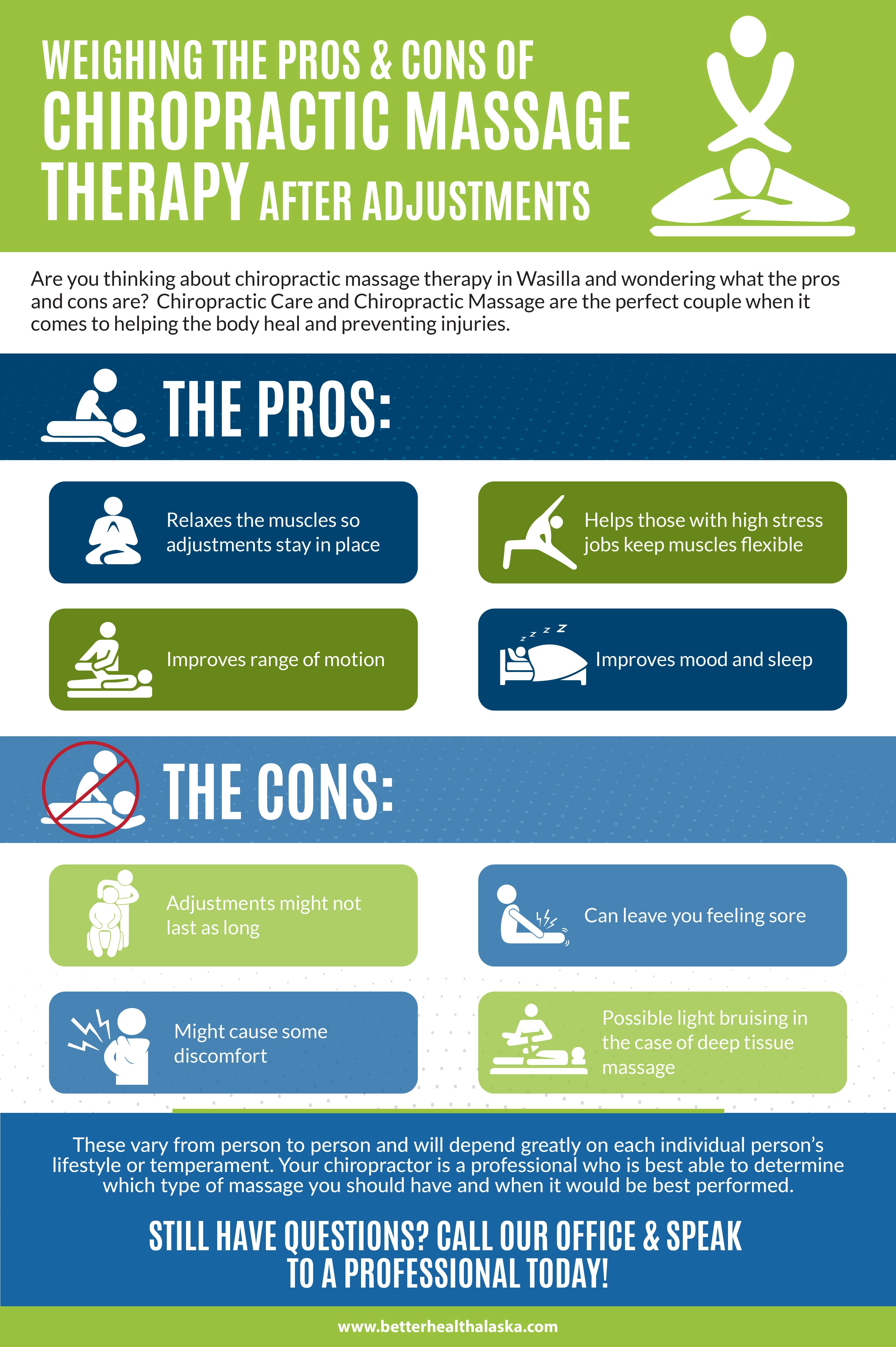Exploring The Science Behind Cold Laser Therapy: Unwinding Its Devices And Efficiency
Exploring The Science Behind Cold Laser Therapy: Unwinding Its Devices And Efficiency
Blog Article
Web Content Composed By-Gates Mathews
When thinking about the scientific research behind cold laser treatment, you might be captivated by just how a non-invasive therapy can yield such promising results for numerous problems. The device behind its effectiveness lies in its capability to target cells and promote physiological reactions that promote healing and pain relief. Comprehending the complex cellular impacts and scientific end results of cold laser treatment can shed light on its expanding appeal among medical care experts and clients alike.
Device of Action
Checking out the mechanism of action behind cold laser treatment discloses exactly how this treatment method interacts with the body to promote recovery. When the cold laser is applied to the skin, it permeates the layers and is taken in by light-sensitive particles within the cell. This absorption triggers a series of organic feedbacks that result in raised mobile power manufacturing. Therefore, the cells have more energy to repair and regrow, accelerating the recovery process.
The laser light additionally aids to reduce inflammation by lowering swelling and improving circulation in the targeted location. By boosting the release of endorphins, which are the body's natural painkillers, cold laser therapy can successfully alleviate pain and pain. In addition, it improves tissue oxygenation and nutrient shipment, critical for optimum recovery.
In addition to these benefits, cold laser therapy has been located to promote the production of collagen, a healthy protein important for cells repair work and regrowth. This increase in collagen production can improve the general toughness and flexibility of the tissues, further sustaining the recovery procedure.
Cellular Effects
The cellular impacts of cold laser treatment show up via enhanced energy production and improved cellular repair work mechanisms. When the cold laser light permeates the skin and reaches the targeted tissues, it stimulates the mitochondria, the powerhouse of the cell, to produce even more adenosine triphosphate (ATP).
This boost in ATP gives cells with the energy they require to accomplish numerous features, such as fixing damages and minimizing swelling.
In https://www.news-medical.net/news/20211015/New-trial-shows-vaginal-laser-therapy-treatments-may-not-work-at-all.aspx , cold laser treatment sets off a cascade of biochemical reactions within the cells that promote recovery and regrowth. By enhancing mobile fixing devices, the treatment accelerates tissue healing and lowers healing time from injuries or particular conditions.
This procedure also assists to increase blood flow to the treated area, bringing in more oxygen and nutrients necessary for mobile repair service.
Clinical Efficiency
Cold laser therapy has shown its professional efficiency in different clinical applications, showcasing its efficiency in advertising recovery and reducing recovery times. This non-invasive therapy has been discovered useful in accelerating tissue repair work, decreasing swelling, and relieving pain. cellulite treatment near me has revealed that cold laser therapy can improve the recovery procedure by advertising the manufacturing of adenosine triphosphate (ATP) in cells, which is important for mobile function and regeneration.
In clinical studies, cold laser treatment has verified to be reliable in dealing with conditions such as tendonitis, joint inflammation, carpal tunnel syndrome, and sporting activities injuries. People going through cold laser therapy have actually reported significant pain decrease, boosted range of movement, and faster recuperation compared to conventional treatments.
The targeted application of low-level laser light passes through deep into tissues, boosting organic procedures at a cellular level without creating any pain or negative effects.
Final thought
To conclude, cold laser therapy works by promoting cellular energy manufacturing to promote recovery and minimize pain.
By targeting the source of inflammation and injury at a cellular level, this non-invasive treatment has revealed to be effective in enhancing blood circulation, accelerating cells fixing, and providing alleviation for a range of problems.
Its capability to improve all-natural healing mechanisms makes cold laser therapy a useful option for people looking for a safe and effective means to manage their discomfort and heal their injuries.
